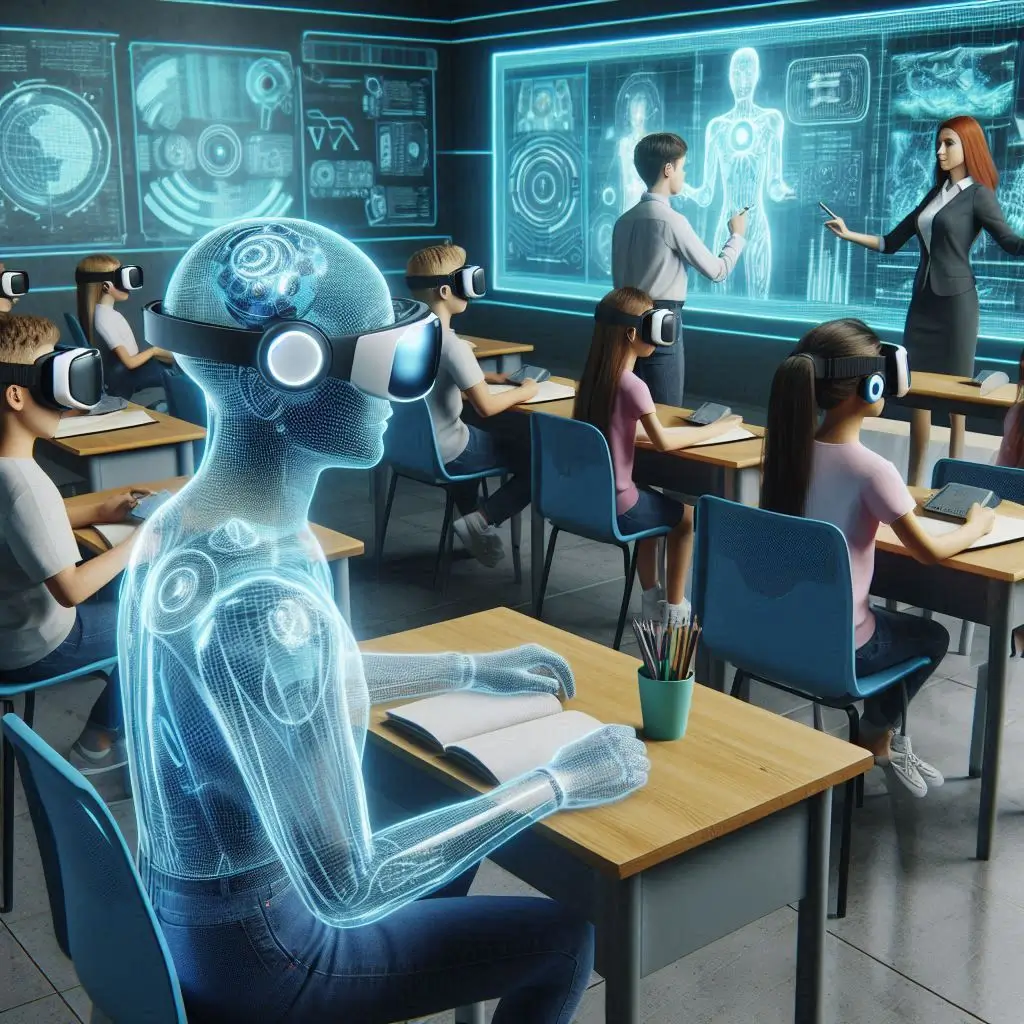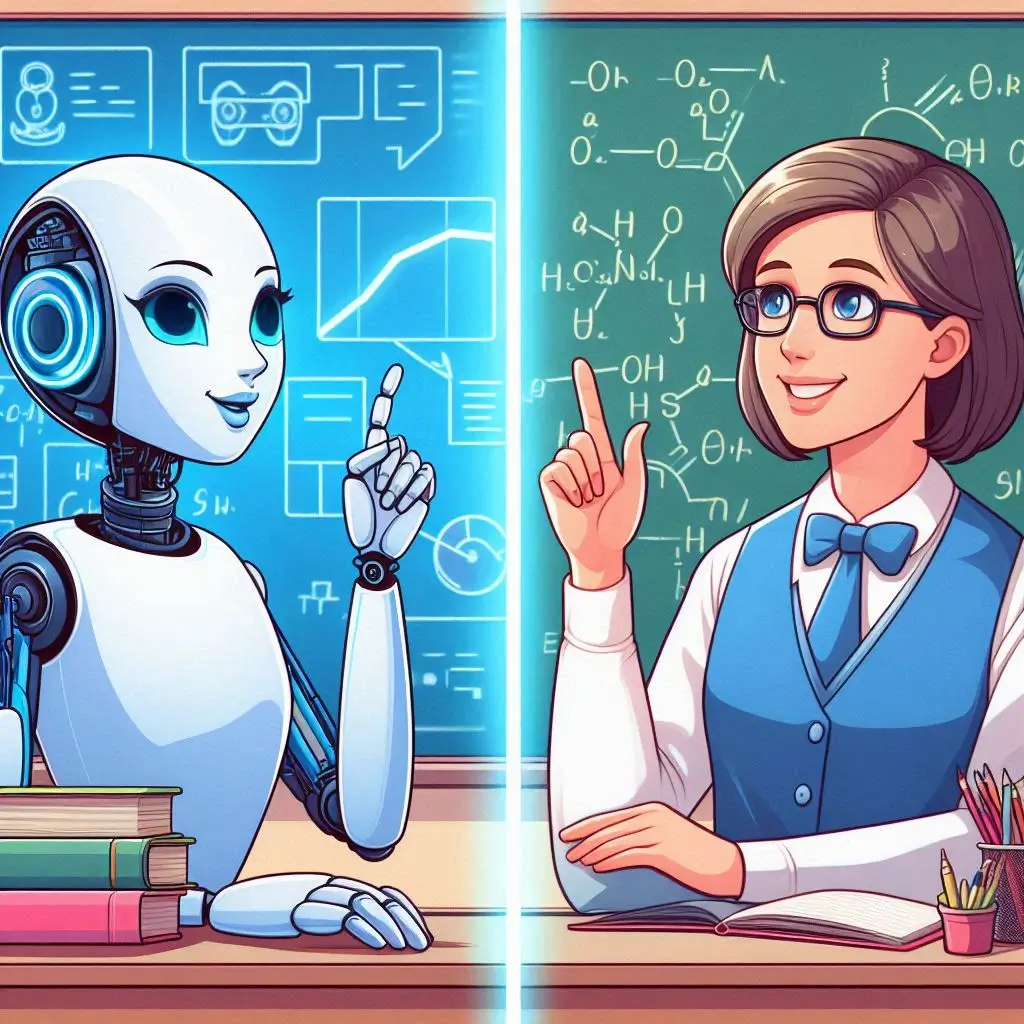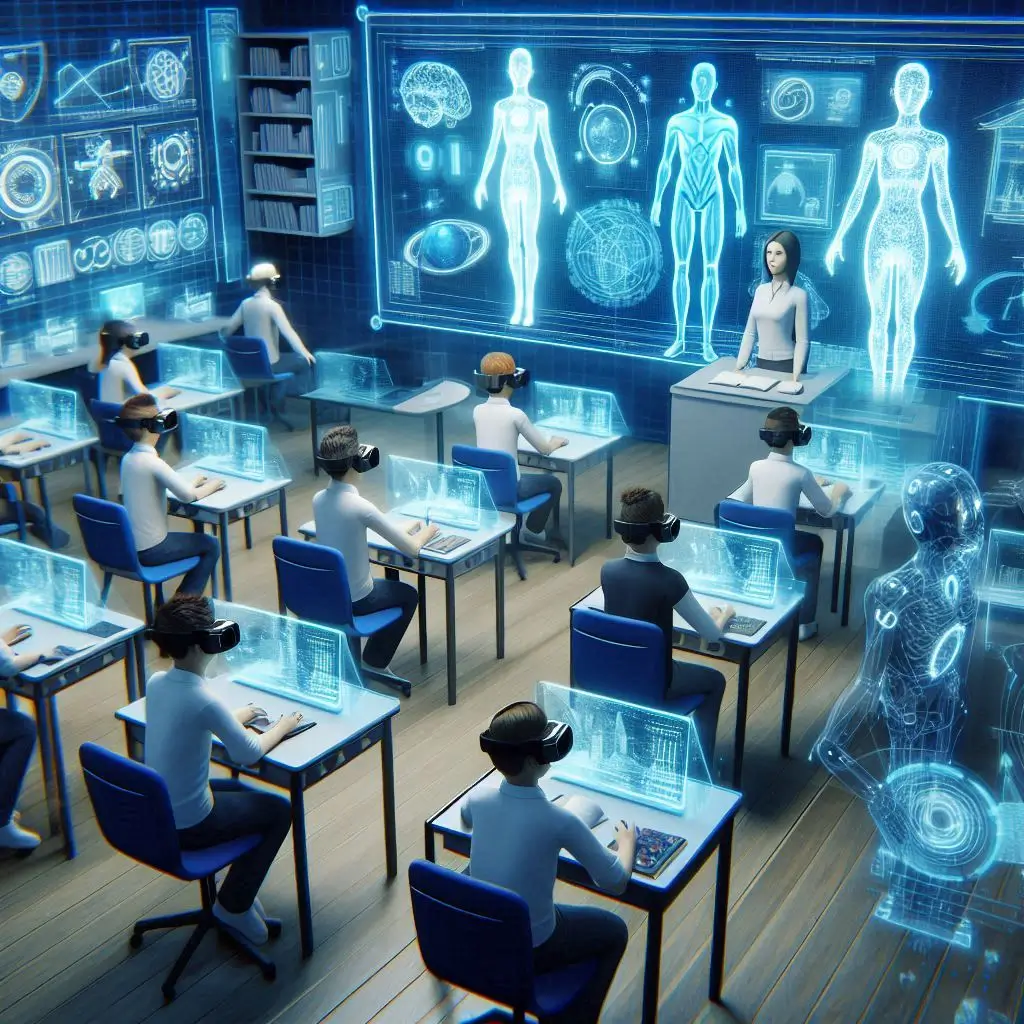Artificial intelligence (AI) has emerged as a powerful tool with the potential to revolutionize education. From personalized learning platforms to automated grading, AI promises to enhance the learning experience and improve student outcomes. However, alongside these exciting possibilities lie a set of significant risks that require careful consideration.
This blog post delves into the potential pitfalls of AI in education, exploring how these risks could hinder learning, exacerbate existing inequalities, and fundamentally alter the role of teachers.
1. Overreliance on Technology and Stifled Critical Thinking

One of the primary concerns surrounding AI in education is the risk of students becoming overly reliant on technology for learning. AI-powered tutors and automated feedback systems can provide immediate answers and solutions, potentially diminishing the need for critical thinking and problem-solving skills. Students accustomed to receiving information passively may struggle to develop the analytical and reasoning abilities crucial for academic success and lifelong learning.
2. Perpetuation of Bias and Algorithmic Injustice

AI algorithms are only as good as the data they are trained on. If this data reflects societal biases, the AI system itself can become biased. This can lead to unfair assessments, unequal educational opportunities, and the reinforcement of existing social inequalities. For instance, an AI-powered learning platform that perpetuates racial or gender stereotypes could hinder the educational progress of certain student groups.
3. The Erosion of Human Connection and Social Interaction
A cornerstone of effective education is the human connection between teachers and students. AI-powered tutors, while helpful in some aspects, cannot replicate the emotional intelligence, empathy, and social interaction skills fostered in a classroom setting. Overreliance on AI for learning could lead to a sense of isolation and detachment, hindering the development of social skills critical for success in life.
4. Privacy Concerns and Data Security

The implementation of AI in education necessitates the collection and analysis of vast amounts of student data. This data can include everything from test scores and learning preferences to personal information and behavioral patterns. Ensuring the security and privacy of this sensitive data is paramount. Data breaches or misuse of student data could have serious consequences for students and erode trust in the education system.
5. The Potential for Job Displacement in the Education Sector
While AI is unlikely to entirely replace teachers in the foreseeable future, it has the potential to automate certain tasks currently performed by educators. This could lead to job displacement in the education sector, particularly for roles involving grading, repetitive instruction, or data analysis. It’s crucial to consider the impact on educators and ensure a smooth transition as AI integration progresses.
The Road Forward: A Balanced Approach to AI in Education

The potential benefits of AI in education are undeniable. However, it is essential to acknowledge and mitigate the associated risks. Here are some key considerations for moving forward:
- Developing Ethical Frameworks: Clear ethical guidelines are needed to ensure the responsible development and implementation of AI in education. These frameworks should address issues of bias, privacy, and transparency.
- Focus on Human-AI Collaboration: AI should be viewed as a tool to empower educators, not replace them. The ideal scenario involves teachers leveraging AI to personalize learning experiences while fostering human connection and critical thinking skills in students.
- Prioritizing Equity and Inclusion: Efforts must be made to ensure that AI-powered educational tools are accessible to all students and do not exacerbate existing inequalities.
- Promoting Digital Literacy: Equipping students with the skills to critically evaluate information and navigate the digital landscape is crucial in an AI-powered learning environment.
By acknowledging the potential pitfalls and taking proactive steps to mitigate them, we can harness the power of AI to create a more effective and equitable learning experience for all students. AI should be a tool to augment, not replace, the irreplaceable role of educators in fostering a love of learning and critical thinking skills in future generations.

